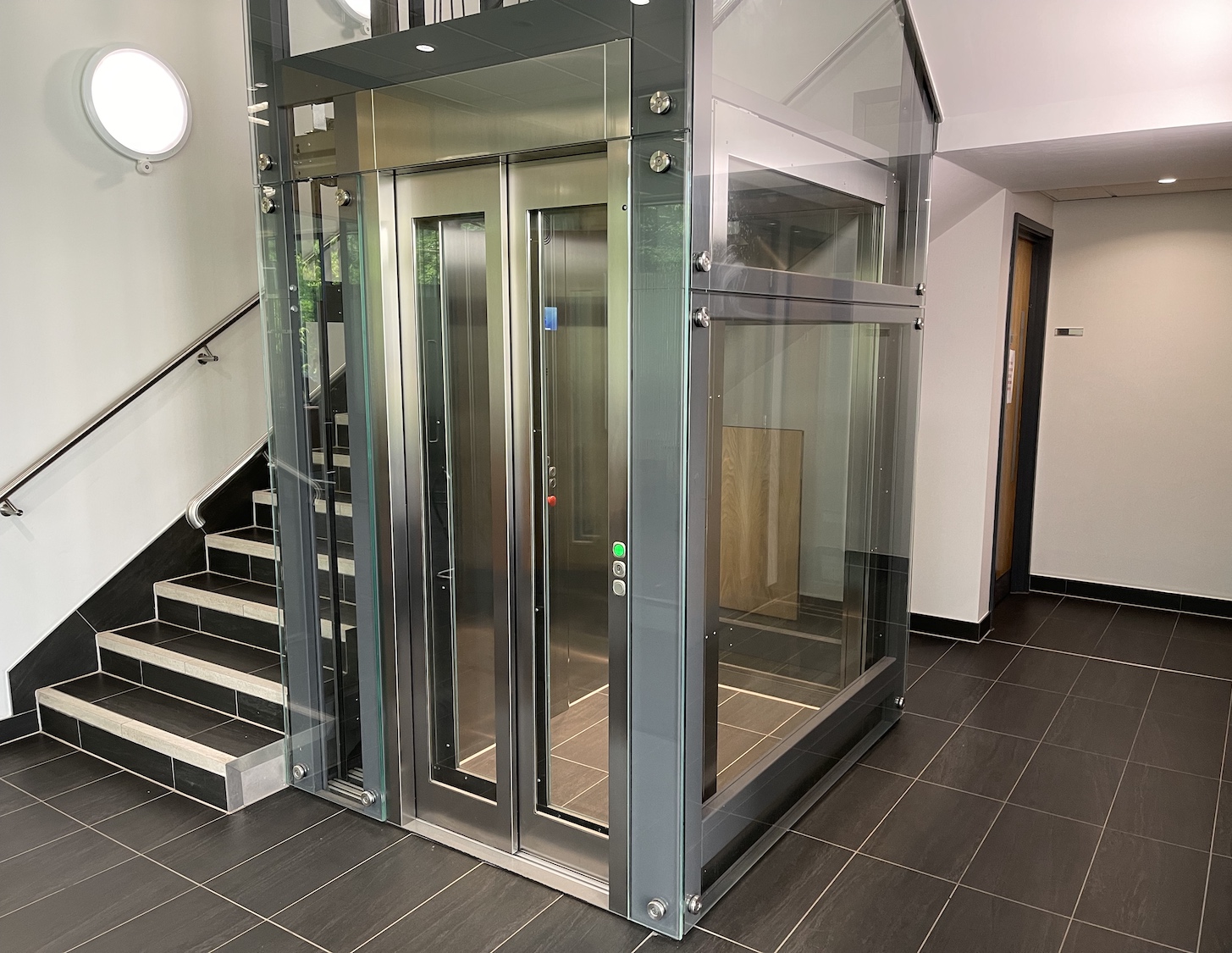Leading Lift Companies in London: Supplying Exceptional Solution and Support
Leading Lift Companies in London: Supplying Exceptional Solution and Support
Blog Article
Looking Into the World of Lifts: Usual Concerns Faced by Numerous Lift Devices
As we navigate through the vertical transport systems of modern-day structures, elevators stand out as an indispensable component of our everyday lives. From hydraulic elevators to traction systems and machine-room-less styles, each lift kind comes with its set of common concerns.
Hydraulic Elevators
Hydraulic lifts, frequently liked for low-rise buildings, make use of fluid pressure to control the movement of the lift car (lift repair companies). This system includes a hydraulic pump pressing oil right into a cyndrical tube, creating the lift to relocate the preferred instructions. While hydraulic lifts are recognized for their quiet and smooth operation, they do come with their own set of common problems
One common issue with hydraulic elevators is oil leak. The seals in the hydraulic system can wear with time, leading to oil seepage. This not just creates a mess but can also influence the lift's efficiency if left unaddressed. Additionally, problems with the control system, such as malfunctioning valves or a malfunctioning pump, can trigger disruptions in the elevator's activity.
Routine maintenance and punctual fixings are important to make certain the smooth performance of hydraulic elevators. By addressing these usual problems proactively, building proprietors can lessen downtime and guarantee the safety and performance of their vertical transportation system.
Grip Elevators
When considering upright transport systems in buildings, an additional common kind other than hydraulic lifts is the traction lift. Grip elevators run utilizing a system of ropes and counterweights that relocate the elevator auto by clutching onto the hoist ropes. This device enables smoother and much faster vertical transport compared to hydraulic systems.
Among the typical concerns dealt with by traction lifts is rope wear. The constant activity of the ropes within the traction system can cause damage in time, possibly causing the lift to malfunction or come to be risky for use. Routine inspections and maintenance of the ropes are necessary to ensure the lift's appropriate performance and safety and security.
An additional issue that traction lifts may run into is associated to the control system. Problems with the control system can cause problems such as irregular movement, delays in action times, or even complete shutdowns. Normal screening and maintenance of the control system are important to avoid such concerns and make sure the elevator's dependability.
Machine-Room-Less (MRL) Lifts

Among the essential parts of MRL elevators is the portable gearless traction maker that is mounted within the hoistway. This device efficiently drives the elevator automobile without the requirement for large devices located in typical traction lifts. Additionally, MRL elevators generally use a weight system to stabilize the auto, additional improving their power efficiency.
Despite their benefits, MRL elevators may encounter challenges connected to maintenance and repair because of the confined room for tools installation. Accessibility for servicing elements within the shaft can be restricted, calling for specialized training for specialists. Appropriate upkeep timetables and regular evaluations are vital to make certain the ongoing smooth procedure of MRL lifts.
Overloading and Weight Limit Issues
Are elevators geared up to take care of excess weight loads efficiently and safely? Overloading and weight limit issues are vital worries in elevator operations. Elevator manufacturers design raises with certain weight capabilities to make sure traveler security and devices longevity. Going beyond these weight restrictions can bring about numerous troubles, including mechanical failures, delays, and safety and security threats.
When elevators are strained, it places too much stress on the motor, wires, and various other components, possibly triggering malfunctions or malfunctions. If they spot excess weight, safety and security systems such as sensors and overload sensing units are in place to stop elevators from relocating. Additionally, going beyond weight limitations can bring about enhanced power usage and damage on the elevator system.
To minimize overloading concerns, building supervisors should plainly present weight limitations in lifts and educate passengers on the significance of sticking to these restrictions - lift repair companies. Routine upkeep checks by qualified technicians can likewise lift companies in London aid guarantee that lifts are running within safe weight specifications. By resolving overloading and weight limitation issues proactively, structure owners can improve lift safety and efficiency
Electric System Failings
Going beyond weight restrictions in elevators can not only cause mechanical problems however also potentially add to electric system failures within the lift facilities. Electric system failures are an important problem in elevator procedure, as they can trigger unforeseen shutdowns, breakdowns, and even safety and security hazards. One common electrical concern is the overheating of components as a result of extreme current circulation triggered by overwhelming the elevator past its capacity. This can lead to harm to the wiring, control, or electric motor systems, causing pricey repair services and downtime.
Routine maintenance and assessments are essential to recognize and deal with potential electric issues immediately, ensuring the effective and risk-free operation of elevator systems. By sticking to weight limits and carrying out regular electrical system checks, building proprietors can mitigate the danger of electric failings in elevators.
Final Thought

Hydraulic lifts, frequently preferred for low-rise buildings, make use of fluid pressure to regulate the motion of the lift vehicle.When taking into consideration vertical transport systems in buildings, one more typical kind aside from hydraulic elevators is the grip lift. Traction elevators run utilizing a system of ropes and counterweights that relocate the elevator vehicle by clutching onto the hoist ropes. Unlike conventional lifts that require a separate maker room to house the devices, MRL lifts incorporate many of the components within the shaft, getting rid of the demand for a specialized equipment room.In final thought, lifts encounter common problems such as hydraulic breakdowns, grip system failures, and electrical system issues.
Report this page